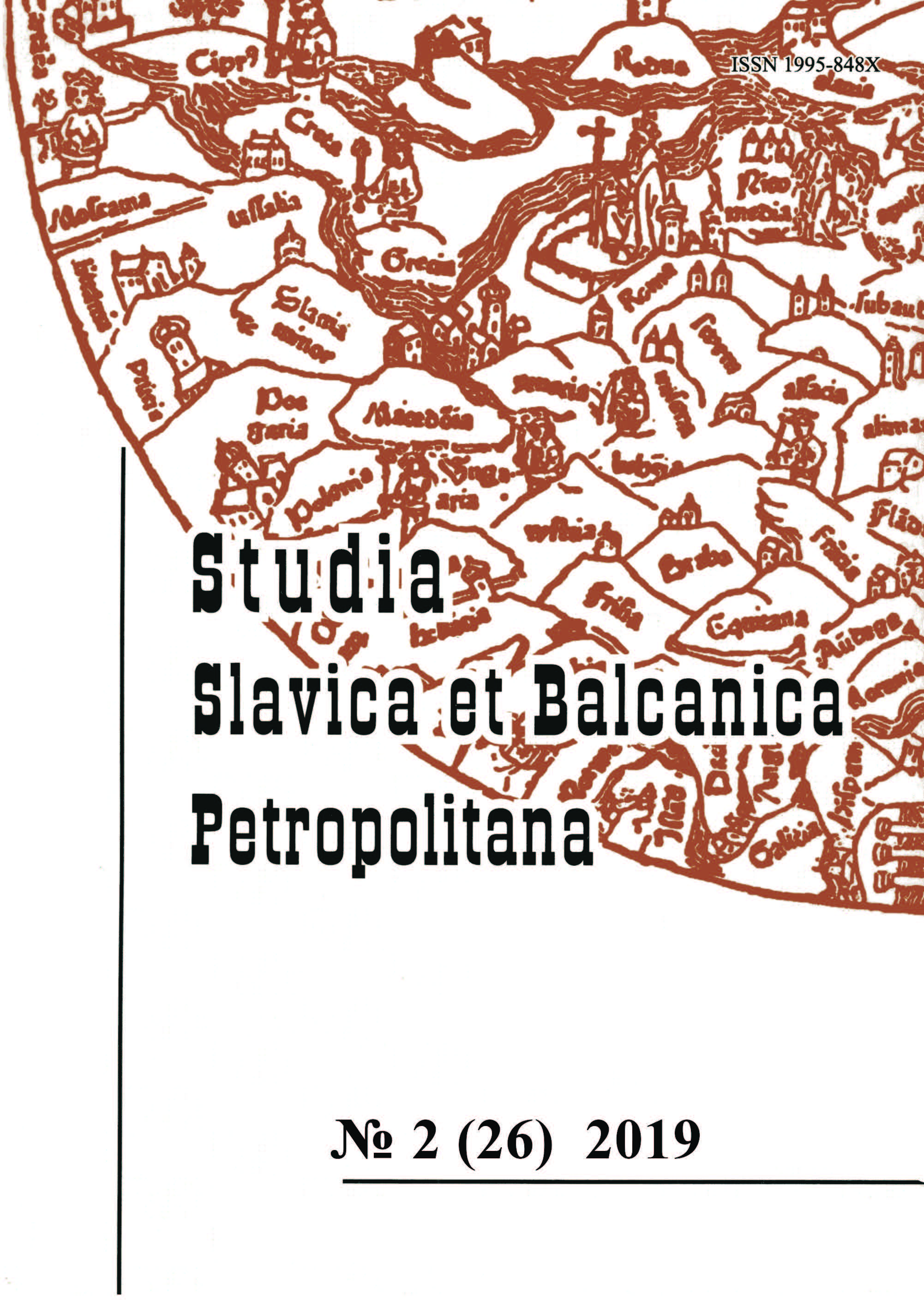Планиграфия и хронология древнейших этапов жизни Рюрикова Городища по материалам исследований 2013–2016 гг.
The planigraphy and chronology of the most ancient stages of the life of Rurikov hillfort according to research materials 2013–2016
Author(s): Ivan Igorevich EremeevSubject(s): History, Archaeology, Local History / Microhistory
Published by: Издательство Исторического факультета СПбГУ
Keywords: region of Ilmen’ lake; Slavic colonization; prehistory of Novgorod; Early Middle Ages; ancient settlements
Summary/Abstract: One of the outstanding discoveries made by E. N. Nosov at the Rurik hillfort (“gorodische”) near Novgorod is the discovery fortifications of the Rurik era. The archeologists studied them in 1989–2010. The article is devoted to the results of the next stage of the study of fortifications — excavations of 2013–2016. The place of excavations was situated in the northern, most ancient, part of the Rurik hillfort near the Cathedral of the Annunciation. It consists of the cultural layer of the settlement of the 7th (?) – early 10th century, reflecting the complex history of the archaeological microregion at the source of Volkhov. The author identifies six cultural-chronological stages in the settlement, covering the period from the era of the early metal to the beginning of the 10th century. Undoubtedly, the proposed scheme will become more complicated in the future, primarily due to the expansion of information about antiquities of the second half of the 1000 BC. e. – the first half of 1000 AD. During the excavation, the northern face of the fortifications of the second half of the 9th century overlooking Volkhov was found. The dirhams and the crest of the Scandinavian type found in the strike indicates to the early Viking era. The main result of the excavations was the discovery under these tree-earth fortifications of traces of earlier fortifications, allegedly dating from the 8th – first half of the 9th century, and associated with the small Slavic town of the hill type. The early fortifications, traced over 6 m and to a height of about 4 m, were a system of low scarp. On the terrace of one of them was situeted the pillar construction deepened into the ground. These fortifications were plowed up in the 8th - first half of the 9th century. It indicated that the toponym “Gorodishche” existed in the source of Volkhov already in this period. The new material adds new aspects to the discussion about the beginning of the Slavic colonization of banks of Ilmen’ Lake and the origin of Novgorod. A long-standing debate about the relationship between the place names “Gorodishche”, Novgorod, “Hólmgarđr” etc. receives new materials.
Journal: Петербургские славянские и балканские исследования
- Issue Year: 2019
- Issue No: 2 (26)
- Page Range: 67-92
- Page Count: 26
- Language: Russian

